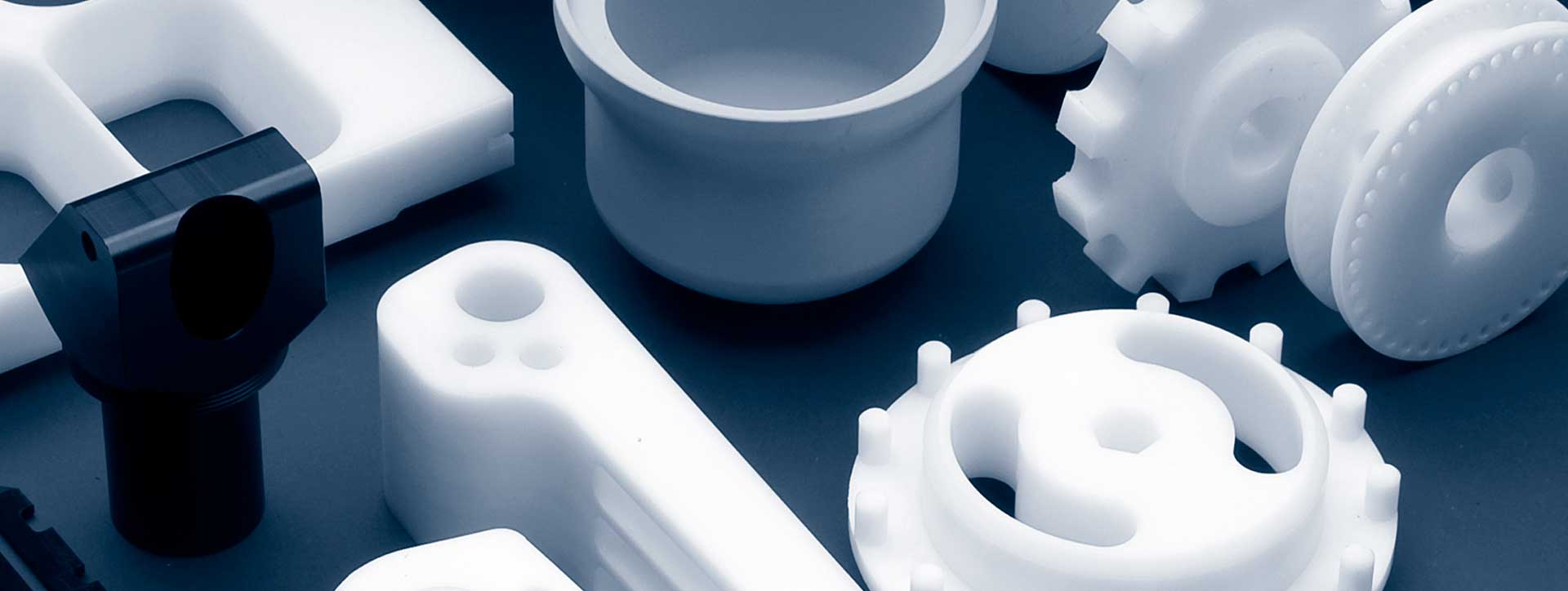features
The PE 500 known as PE HMW, offers good resistance to wear and abrasion, along with a good combination of stiffness, toughness and strength, as well as being easily welded just like its other versions such as PE 300. Its main utility is in the food industry, in addition to all kinds of mechanical applications, in the chemical industry and in the electrical industry.
Polyethylene (PE) is chemically the simplest polymer and is represented by its repetitive unit (CH2-CH2) n. It is one of the most common plastics due to its low price and simplicity in its manufacture, which generates an annual production of approximately 80 million tons worldwide. It is chemically inert and is obtained from the polymerization of ethylene, from which its name derives.
This polymer can be produced by different polymerization reactions, such as: Free radical polymerization, anionic polymerization, ion coordination polymerization or cationic polymerization. Each of these reaction mechanisms produces a different type of polyethylene.


